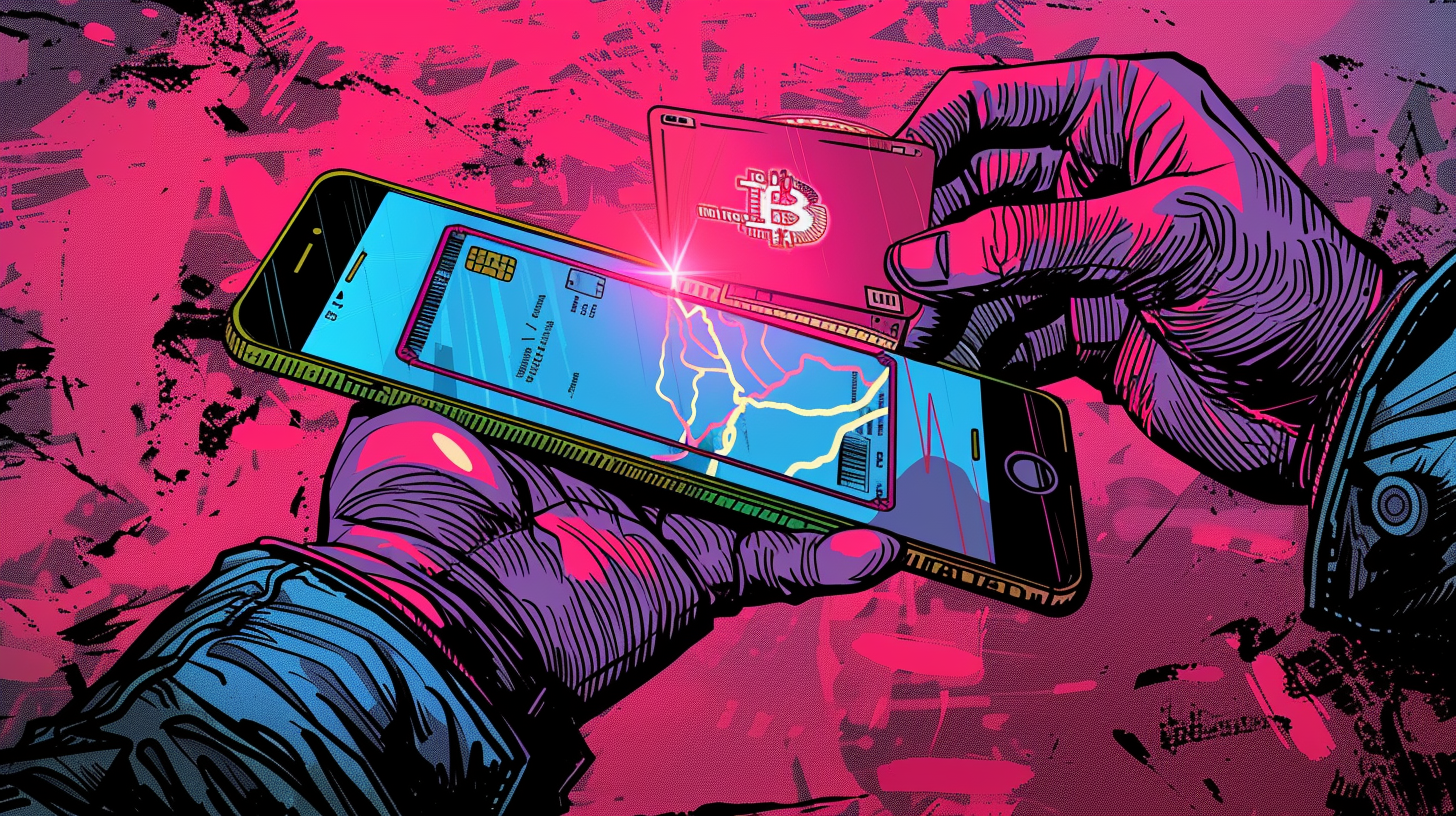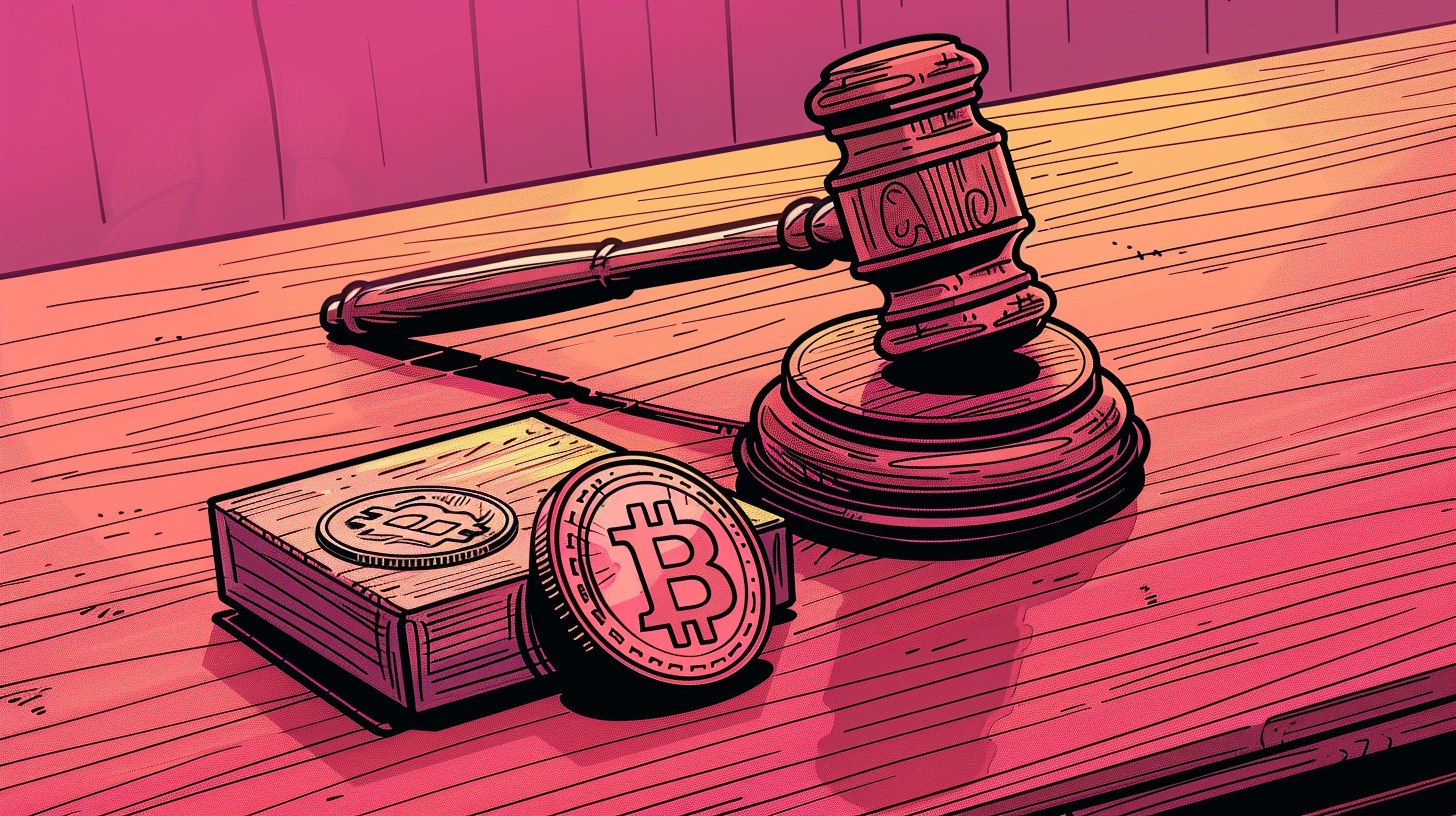PayPal’s ‘Pay with Crypto’ Feature Marks a New Chapter in Adoption

PayPal’s latest announcement marks a major moment in the evolution of digital assets: the global payments giant will soon allow merchants to accept over 100 cryptocurrencies at checkout, including Bitcoin, Ethereum, and leading stablecoins like USDT and USDC. The service will support popular wallets such as Coinbase, OKX, Phantom, MetaMask, and Exodus, and users can pay with crypto while merchants receive automatic conversion to fiat or PayPal’s own PYUSD stablecoin.
On the surface, this looks like a straightforward win for crypto. It lowers barriers to usage, connects digital assets to one of the world’s most widely used payment networks, and promises reduced fees and faster settlements for businesses—particularly for small merchants who may struggle with the high cost and friction of cross-border transactions.
But below the surface, the move prompts an ongoing debate about crypto’s identity and future. As mainstream institutions embrace digital assets, some members of the crypto community are raising concerns. Can decentralized technologies thrive when accessed through centralized platforms? Is crypto at risk of being diluted, co-opted, or reshaped into something it was never meant to be? And perhaps more importantly: is that a necessary step for progress?
The Opportunity: A Global On-Ramp for Crypto
According to Frank Keller, general manager of PayPal’s large enterprise and merchant platform, the company’s goal is to open crypto payments to the masses—starting with the businesses that accept PayPal every day. In an interview with Bloomberg, Keller highlighted that globally, an estimated 650 million people participate in the $3 trillion crypto market. Tapping into that customer base could unlock significant value, particularly for small businesses eager to engage with younger or more tech-forward consumers.
For those merchants, the benefits are tangible. Traditional cross-border payment systems often come with steep fees—sometimes exceeding 10 percent—and can take several days to settle. In contrast, PayPal’s crypto checkout will settle transactions instantly and charge merchants a flat 0.99 percent transaction fee. This could be especially beneficial for merchants operating in emerging markets, freelance creators working internationally, or businesses with online storefronts serving a global audience.
Merchants who choose to keep their proceeds in PayPal’s PYUSD stablecoin can also earn up to 4 percent in yield, according to the company. That, paired with the convenience of not needing to manage private keys or manually convert crypto to fiat, makes the service both user-friendly and financially attractive.
Keller described the rollout as a step toward embedding digital assets into the very foundation of PayPal’s payments ecosystem. “We want to show that we’re long-term invested in the crypto space,” he said. “We want to play a bigger role, and for that to be successful we need to really scale it to the next level.”
The Catch: Centralized Rails, Decentralized Ideals
The growing exposure crypto receives through platforms like PayPal, Visa, and Stripe is undeniably important. It reduces friction and introduces digital assets to people who might otherwise never explore them. But it also prompts a question that crypto has been wrestling with for years: What happens when the gatekeepers of traditional finance become the gateways to crypto?
For many early adopters, this shift feels like a departure from the movement’s roots. Bitcoin was created in 2009 as an open, peer-to-peer network—a tool for financial freedom that operated independently of banks, governments, and payment processors. Its value proposition wasn’t just technical; it was philosophical. No single entity would control it, and no permission would be needed to use it.
In that context, PayPal’s new role raises flags. The company acts as an intermediary, converting payments from crypto to fiat and holding custody of funds. While this provides simplicity and security for users, it also reintroduces the centralization that crypto was designed to avoid.
Users must trust PayPal to process transactions, manage custody, and comply with regulations. There are Know Your Customer (KYC) requirements. There is limited transparency around the handling of funds. And there is no opportunity for true self-custody, a core tenet of decentralized finance.
For privacy advocates and crypto idealists, this feels like trading sovereignty for convenience. The concern is not just theoretical; it’s structural. If the only way to use crypto in daily life is through centralized services, then are we really changing the system—or just rebranding it?
That criticism has merit, but it is only part of the story. It is also worth asking: how else does crypto grow? For millions of people, especially those new to digital assets, starting with a familiar platform like PayPal may be the best—or only—way to begin. The user experience is simpler, the risk feels lower, and the reputation of a global brand can make all the difference.
In this view, centralized platforms are not obstacles to decentralization, but on-ramps to it. They introduce users to the tools and vocabulary of crypto in a way that is accessible. Over time, some of those users may graduate to non-custodial wallets, decentralized applications, or blockchain-based governance platforms. But they have to start somewhere.
Moreover, partnerships between legacy finance and crypto may bring much-needed stability, compliance, and consumer protections to an industry often rocked by volatility and scandal. With proper oversight and thoughtful implementation, services like PayPal’s can help build trust among both users and regulators.
Keller hinted at this hybrid vision in his interview. The plan is not just to add crypto features around the edges but to embed blockchain technology into the core of PayPal’s payment infrastructure. That kind of integration—where digital assets are treated as equal counterparts to fiat—could redefine how value moves across borders and platforms.
A Balancing Act for the Industry
PayPal’s move is emblematic of a broader trend in the crypto space: the push-pull between idealism and practicality. On one side are the builders, hackers, and advocates who believe in a fully decentralized world. On the other are the institutions with the reach and resources to make crypto usable at scale.
These two forces do not have to be enemies. In fact, they may be most effective when they work together. Centralized platforms can introduce the masses to digital assets, while decentralized networks continue to innovate, challenge assumptions, and offer alternatives.
Both paths are necessary. Not everyone will want to run their own node or secure their private keys. But others will. The point is not to force users down one road, but to ensure they have a choice—and understand the implications of that choice.
PayPal’s ‘Pay with Crypto’ rollout is a meaningful step in the mainstreaming of digital currencies. It simplifies usage, offers cost savings, and invites millions of merchants and consumers into a space that was once considered experimental. That should be celebrated.
At the same time, it is important to remain clear-eyed about what this progress represents. It is not pure decentralization. It is not a revolution. It is a partnership—a bridge between two systems that were once viewed as opposites.
For crypto to fulfill its potential, it will need more of these bridges. Some will lead users deeper into decentralization. Others may stop at the border. But each one brings the ecosystem closer to critical mass.
In the end, adoption is not about choosing sides. It is about building paths that work—for everyone.




